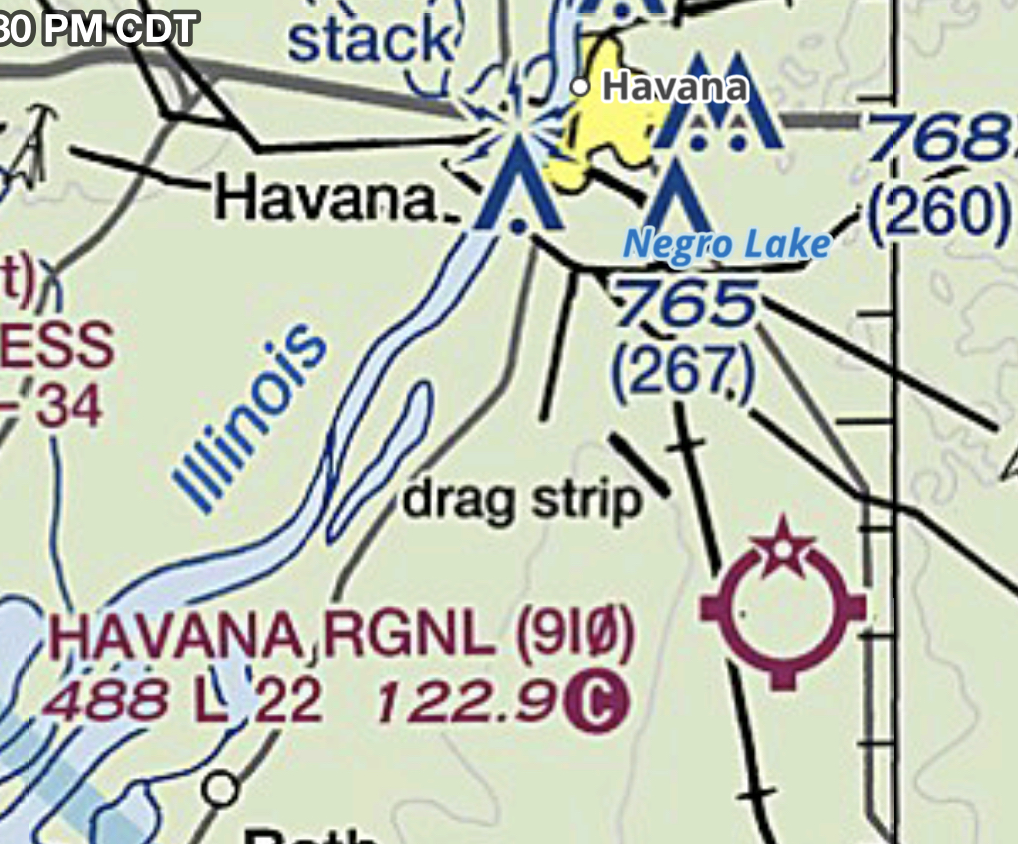
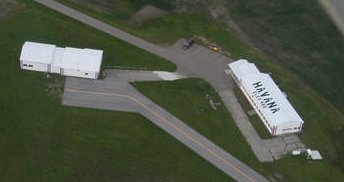 Yesterday, I had the opportunity to visit one of the coolest little grass strips I have been to in a long time!
Yesterday, I had the opportunity to visit one of the coolest little grass strips I have been to in a long time!
While attending the Stinson Summit in Quincy, IL, the attendees took Saturday morning to head out to 9I0 for a traditional pancake breakfast hosted by their EAA chapter. I gotta say, the pancakes were pretty darn good, but the sausages were amazing. I might have eaten a couple more than I should, but our 150HP 1947 Stinson, Charlie, still managed to get us back off the ground and back to Quincy after breakfast.
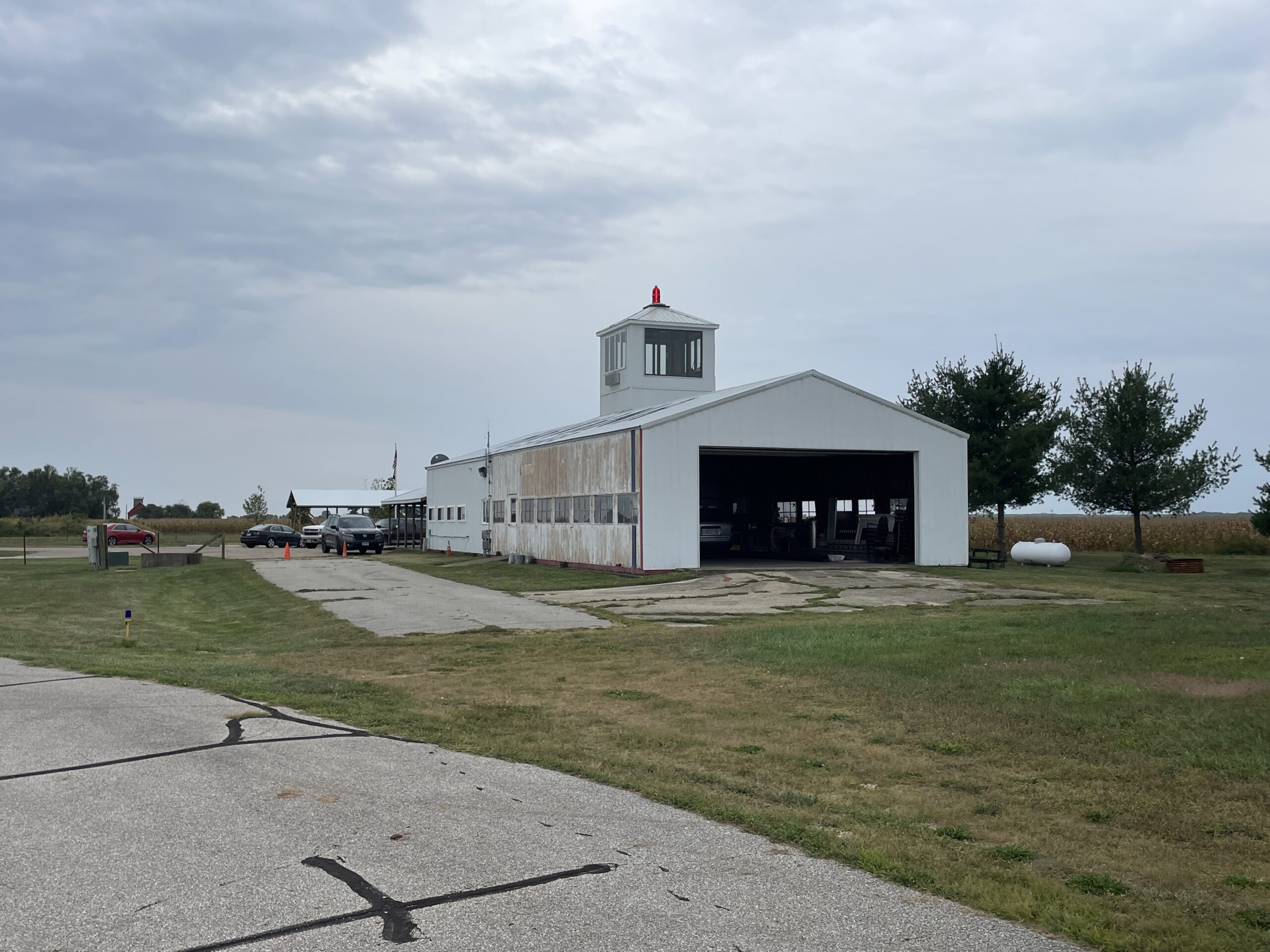 A unique “tower” adorns the top of the terminal building that allows pilots to climb up the stairs and sit and look out over the airport and the corn fields that surround it. There can be few more peaceful places to sit and sip a cup of coffee in the morning, even if no other aircraft happen to arrive while you are there.
A unique “tower” adorns the top of the terminal building that allows pilots to climb up the stairs and sit and look out over the airport and the corn fields that surround it. There can be few more peaceful places to sit and sip a cup of coffee in the morning, even if no other aircraft happen to arrive while you are there.
When it comes to services, when is the last time you have seen a grass runway airport that offers 100LL 24/7 self-serve fuel? Or allows you to camp with your airplane and provide a camp fire pit with stock of wood?
A fully equipped kitchen is there for your use, hangars and tie-downs are available, and there is a large conference room. Want to have an aircraft picnic? Well, there is a pavilion and grass grills for that.
They even have on-site a 7-passenger van crew car!
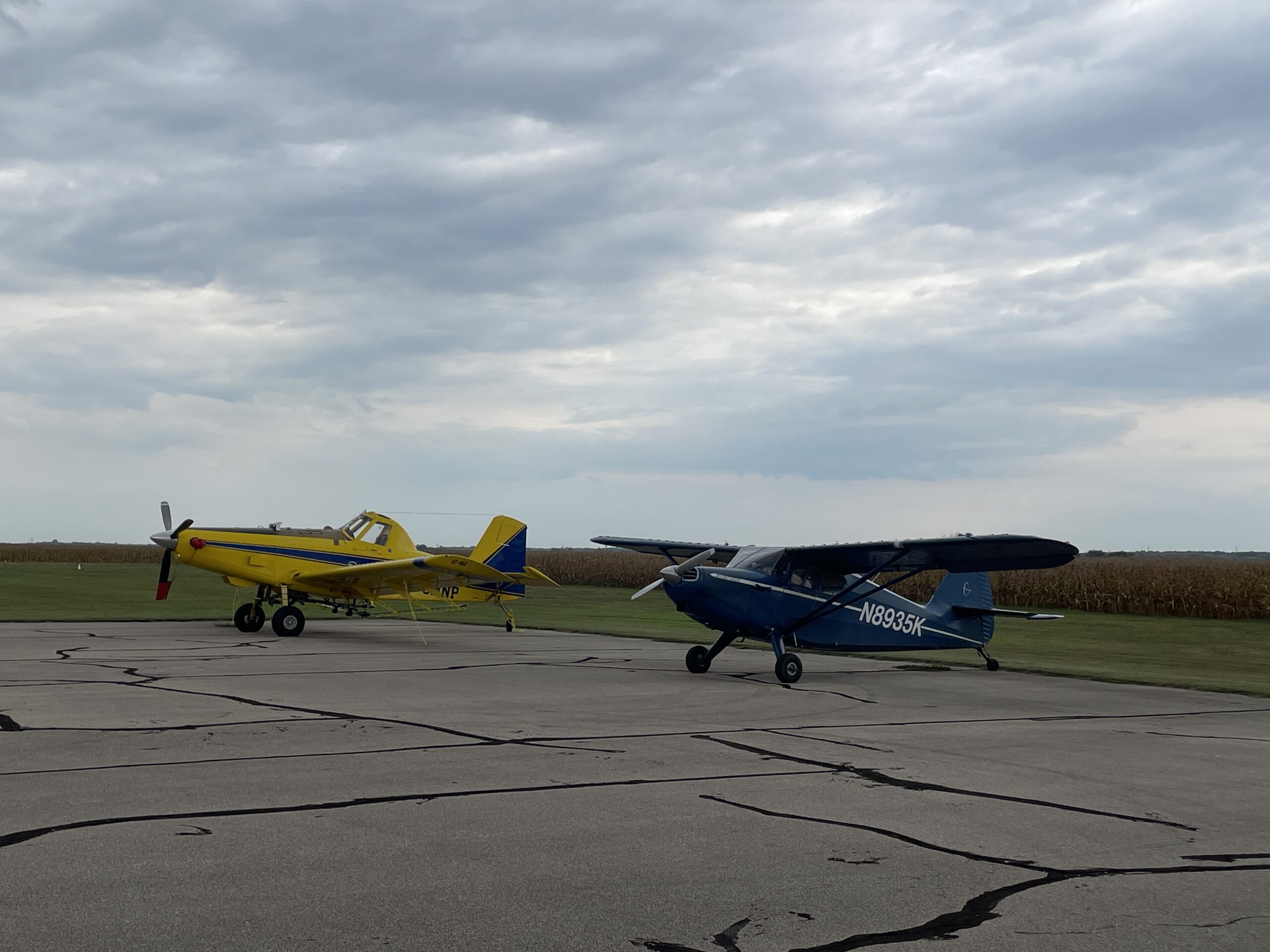 Charlie even got to hang with a new friend while we hung out with fellow Stinson pilots and the local Havana EAA 1420 chapter members. These folks are definitely doing good work in the aviation community keeping the spirit flying strong here.
Charlie even got to hang with a new friend while we hung out with fellow Stinson pilots and the local Havana EAA 1420 chapter members. These folks are definitely doing good work in the aviation community keeping the spirit flying strong here.
I don’t know what it is, but I always feel like our Stinson likes hanging out on a grass strip more than on a pavement ramp surrounded by new whiz-bang jet-type planes. It feels like Charlie belongs in places like this more often and begrudgingly acquiesces my flying endeavors that bring her to more modern places. Perhaps as pilots, we should take hints from our planes and go to places like this more often. For our souls and for theirs.
The airport has a great story and continues to do pretty cool things that go well beyond providing a great grass strip with services found at few others. Some of the coolest things they do there is turn all the lights off on well-planned nights to offer dark sky viewing events in the middle of Illinois corn country. A place where little light pollution exits when the local lights are turned off and you just might see more of the Milky Way than you have ever seen before.
Check out this gem of an airport at: https://www.havanaregionalairport.com/ to learn some more. And if you happen to be flying by in your aircraft, and it is suitably able to operate out of a 2200′ grass strip with super clear approaches on either end, drop in and say hello, walk around, and enjoy this special place.
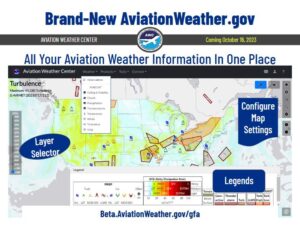 Looking for improved aviation weather information before you fly? The soon-to-be updated AviationWeather.gov combines all your weather information into one place, the Graphical Forecasts for Aviation (GFA).
Looking for improved aviation weather information before you fly? The soon-to-be updated AviationWeather.gov combines all your weather information into one place, the Graphical Forecasts for Aviation (GFA).

 Yesterday, I had the opportunity to visit one of the coolest little grass strips I have been to in a long time!
Yesterday, I had the opportunity to visit one of the coolest little grass strips I have been to in a long time! A unique “tower” adorns the top of the terminal building that allows pilots to climb up the stairs and sit and look out over the airport and the corn fields that surround it. There can be few more peaceful places to sit and sip a cup of coffee in the morning, even if no other aircraft happen to arrive while you are there.
A unique “tower” adorns the top of the terminal building that allows pilots to climb up the stairs and sit and look out over the airport and the corn fields that surround it. There can be few more peaceful places to sit and sip a cup of coffee in the morning, even if no other aircraft happen to arrive while you are there. Charlie even got to hang with a new friend while we hung out with fellow Stinson pilots and the local
Charlie even got to hang with a new friend while we hung out with fellow Stinson pilots and the local